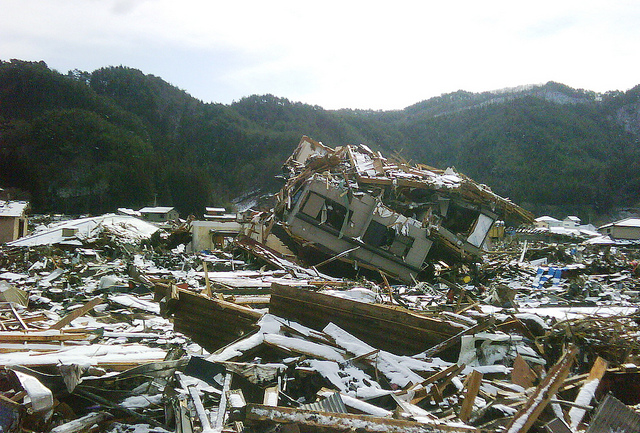Orchestrating a rapid, coordinated recovery from a hurricane or natural disaster takes planning, preparation and collaboration. It also means making sure vehicles are secure, properly maintained and fully fueled. Consider three things you must do to make sure your equipment is ready to roll once the storm passes.
1. Make sure all preventive maintenance has been performed: Once the storm moves on, you’ll want to mobilize your truck(s) quickly to restore the flow of resources and supplies. The last thing you need is a breakdown or unexpected downtime.
The top reasons for breakdowns include tires, electrical systems, brake issues and fuel. To avoid issues in any of these areas, make sure all required preventive maintenance has been performed on all vehicles. Technicians should inspect brakes, check warning and fault indicator lights, check engine compartments for fluid leaks, test batteries for proper fluid levels, secure clamps and check tires for air pressure, alignment and tread depth – before the storm arrives.

2. Fuel up: Fuel shortages/supply chain disruptions are common after hurricanes, whether the cause is fallen trees or outages at fueling stations. Hurricane Katrina shut down most of the oil refineries in the Gulf in 2005, causing long-term fuel shortages and sky-high prices at the pump. To keep fuel shortages from grounding your truck, fuel up your vehicle ahead of the storm. Have a plan for refueling if power is knocked out. This might mean working with a partner to augment your own fuel supplies. Or you may want to rent equipment to store backup fuel: a storage tank and dispensing pumps with hoses and nozzles.
3. Secure your fleet: If you operate a fleet of trucks, move vehicles out of harm’s way to a secure location, preferably inside buildings or to higher ground if you’re in a flood-prone area. Re-route trucks/drivers so they’re not headed into the storm. Consider moving vehicles to cities away from the affected area. Can’t do it yourself? Engage an outside vendor to help, either a dedicated fleet provider or third-party logistics expert. Set up internal PO processes and onboard vendors sooner rather than later so you’re not scrambling for resources at the last minute.
Hurricanes happen. But if you’re ready, you can get your truck or fleet and your business back on the road quickly.
This article was originally featured on Ryder.com.
Image Source - https://www.flickr.com/photos/dfid/